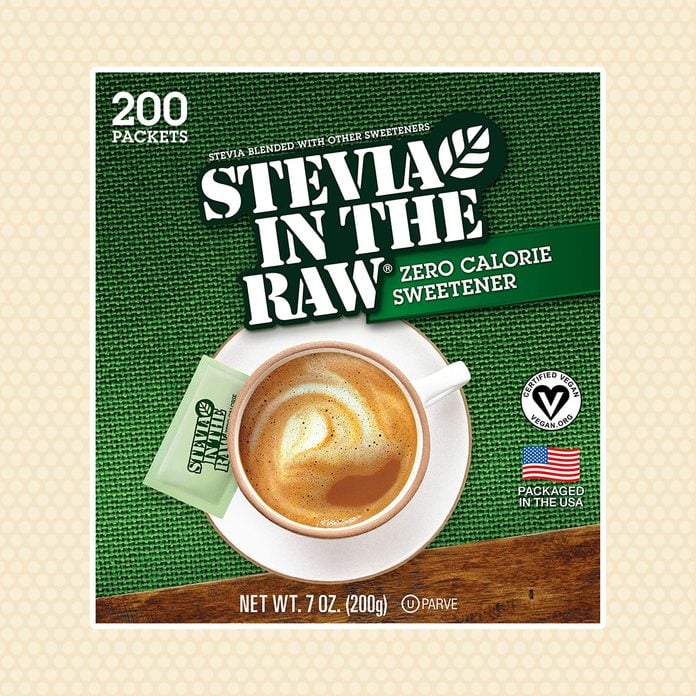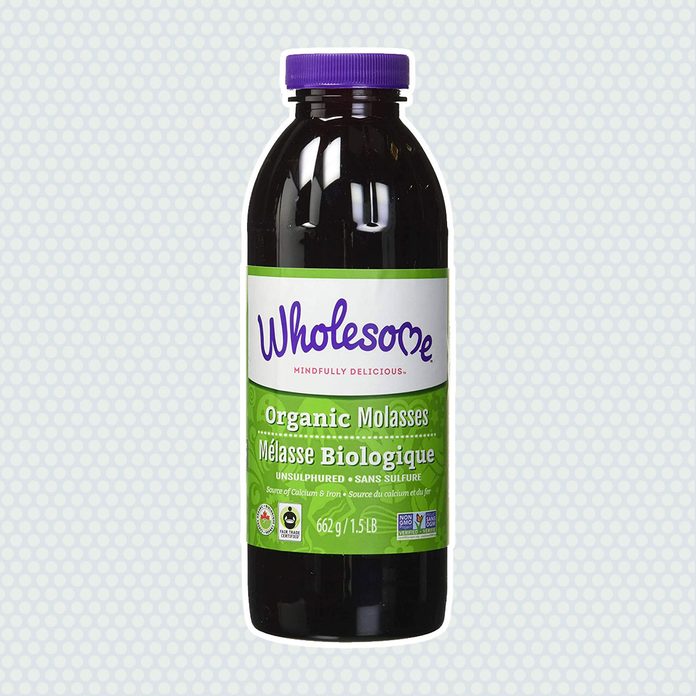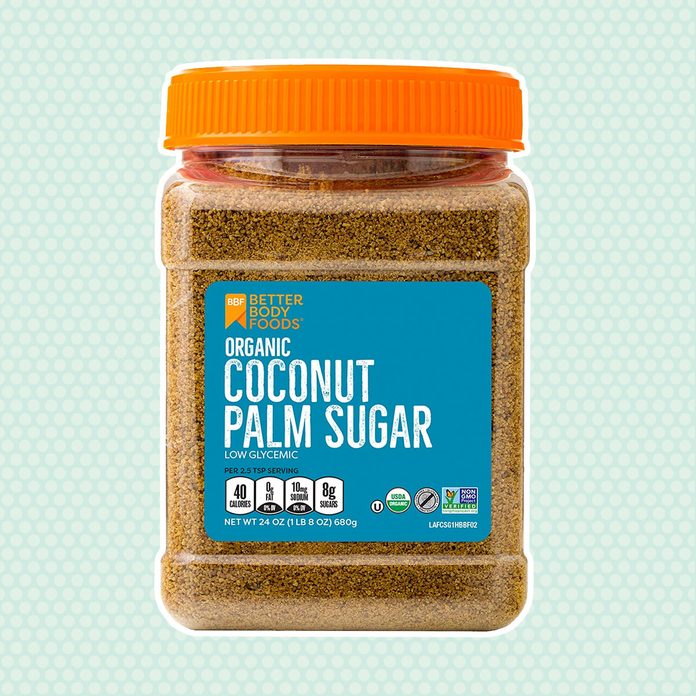
Trying to avoid granulated sugar in today’s world can be tough—even if you opt for low-sugar desserts. Lucky for us, there are plenty of alternatives that still give a nice boost of natural sweetness. From maple syrup to Swerve, read on for our complete guide to sugar substitutes.

Maple Syrup
Maple syrup is a thick, sugary liquid. Although it is natural and contains minerals like zinc and manganese, it’s very calorie-dense. It has a deeply sweet flavor and is a delicious substitute for brown sugar in recipes like barbecue sauce and orange chicken, and even works in some sugar-free cookie recipes. In fact, it’s a great way to reduce sugar in recipes.

Stevia
This natural, plant-based sweetener seems too good to be true. Extracted from a South African plant, stevia has zero calories and has been linked to some health benefits, like helping lower blood pressure and regulate insulin levels. Stevia is 200 to 300 times sweeter than sugar, so a little goes a long way. Stevia is typically available in powder or liquid form and can be used as a sugar alternative in any recipe that calls for granulated sugar.

Blackstrap Molasses
Blackstrap molasses is rich in vitamins, minerals and antioxidants. This natural sweetener has more flavor and nutrients than regular molasses because it’s more concentrated. Use this richly flavored sweetener in place of brown sugar in sauces and marinades, or drizzled on toast.

Brown Rice Syrup
Brown rice syrup is a thick, sweet sugar substitute. It’s made when fermented brown rice is cooked down to form a sticky paste. It doesn’t taste as sweet or intense as honey or maple syrup. Use it cup for cup in place of corn syrup, like when making this caramel popcorn.

Raw Honey
Raw honey is thick in texture and loaded with vitamins, minerals and antioxidants. To best preserve the nutritional value, use raw honey for drizzling rather than cooking, as heat could damage some of the nutrients. Just be sure to never leave it on the bottom shelf, as it isn’t safe for little ones. Try it over granola, cereal, spinach salads or any of these creative toast recipes. Find out if honey is good for diabetics or not.
In storage, honey can change color and crystallize—but check does honey ever expires.

Coconut Sugar
From coconut water to coconut milk, it seems there’s nothing this mighty tropical plant can’t do! Coconut sugar contains a small number of nutrients plus fiber but has the same sweetness and calories as granulated sugar. It’s a bit more coarse than white sugar, though it can be used exactly the same way. And if you’re not a coconut fan, don’t worry. Coconut sugar tastes more like brown sugar than actual coconut.

Agave Syrup
Agave syrup is made from the liquid inside a blue agave plant. It’s slightly more nutritious than sugar and just as sweet. Agave syrup tastes sweeter, though, so it helps you to use less. Try agave syrup in place of brown sugar in fall baking recipes like spice cake or baked apples.

Monk Fruit
Luo han guo or monk fruit extract is made from crushed monk fruit. It has been used as a sweetener in China for centuries and is beginning to gain popularity in the U.S. Depending on the brand you buy, monk fruit extract is 10 to 250 times sweeter than sugar and is a great substitute for granulated sugar when baking.

Allulose
Allulose is a sugar alternative that is similar to fructose, the sugar naturally found in fruit. Allulose contains about 70 percent of the sweetness of sugar and just 10 percent of its calories. Studies have shown that allulose does not appear to affect blood sugar and insulin levels like sugar does, making it a healthier option for diabetic-friendly baking.
